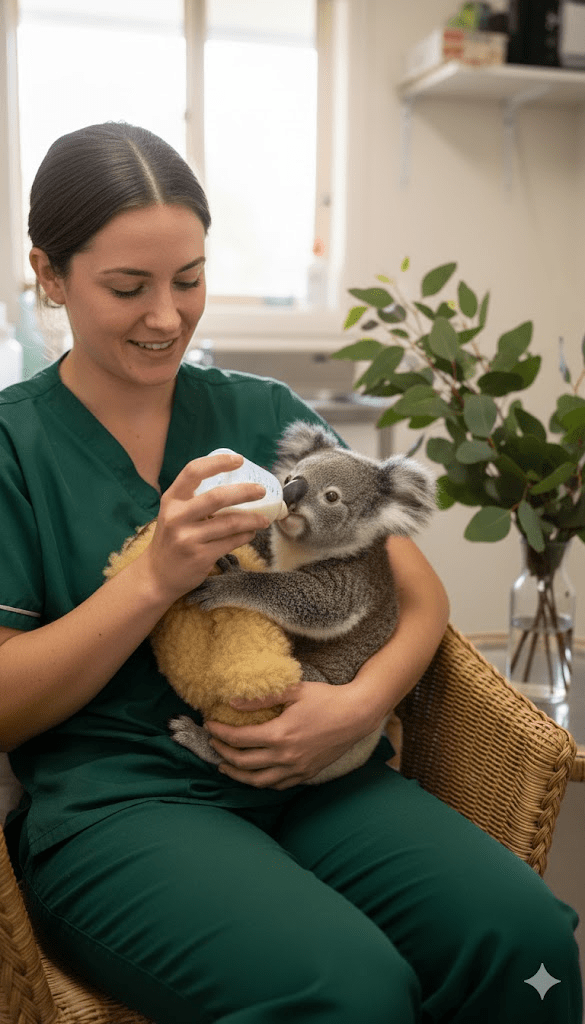The image captures a moment of poignant vulnerability and burgeoning hope. In a pair of gentle, weathered hands, a tiny koala joey clings to a soft, golden plush toy, its wide, dark eyes reflecting a world that it is just beginning to understand without the comforting presence of its mother. This little marsupial, no bigger than a human hand, represents not just an individual life, but the broader narrative of koala conservation in Australia. Each year, countless joeys are orphaned due to habitat loss, disease, and unfortunately, bushfires, which decimate their natural homes and often tragically claim the lives of adult koalas. The plush toy, serving as a surrogate mother, offers vital comfort and a sense of security, mimicking the warmth and fur of its absent parent, a critical element in the psychological well-being of such a young, dependent creature. This scene is a powerful reminder of the dedicated efforts of wildlife rescuers and carers who step in to provide round-the-clock care, often in challenging circumstances, to give these vulnerable animals a second chance at life. Their work is a testament to human compassion and the unwavering commitment to preserving Australia’s unique biodiversity, one tiny, precious life at a time. The joey’s survival against the odds is a beacon of hope, illustrating the incredible resilience of wildlife and the profound impact that dedicated human intervention can have on the future of an endangered species.
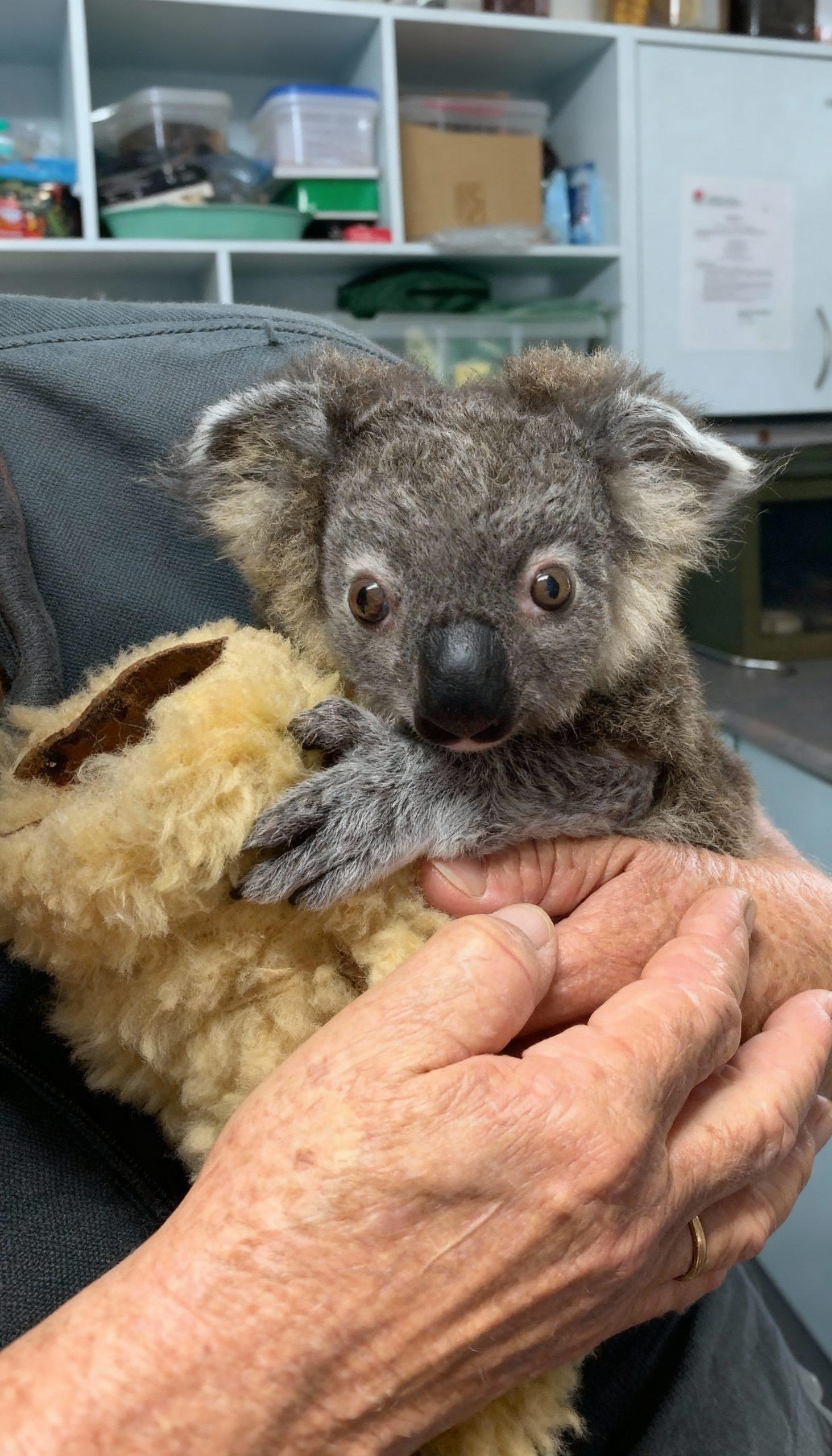
The plight of koalas in Australia is increasingly dire, driven by a complex web of environmental challenges. Habitat destruction, primarily due to land clearing for agriculture and urban development, is perhaps the most significant threat. Koalas are highly dependent on specific eucalyptus species for both food and shelter, and as their native forests shrink, so do their chances of survival. This fragmentation of habitat also isolates koala populations, leading to reduced genetic diversity and increased susceptibility to disease. Furthermore, climate change exacerbates these issues, contributing to more frequent and intense bushfires that decimate vast swathes of koala habitat and tragically kill countless animals. The devastating bushfire season of 2019-2020, for instance, led to an estimated loss of over 60,000 koalas, pushing the species closer to the brink.
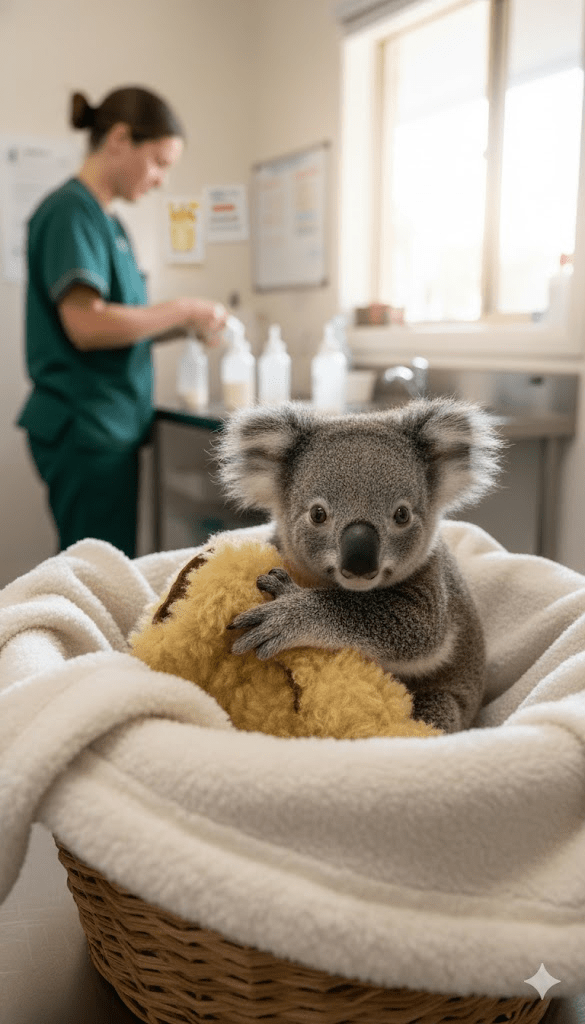
Among the myriad challenges, disease, particularly Chlamydia, poses a significant threat to koala populations. This widespread bacterial infection can cause blindness, infertility, and ultimately death in affected animals. The stress induced by habitat loss and environmental changes can further weaken koalas’ immune systems, making them more vulnerable to the disease. Research into vaccines and treatments is ongoing, but the prevalence of Chlamydia highlights the need for comprehensive health management strategies alongside habitat protection. Additionally, vehicle strikes and dog attacks are increasingly common occurrences, especially in areas where urban sprawl encroaches on koala habitats, adding to the daily dangers faced by these vulnerable marsupials.
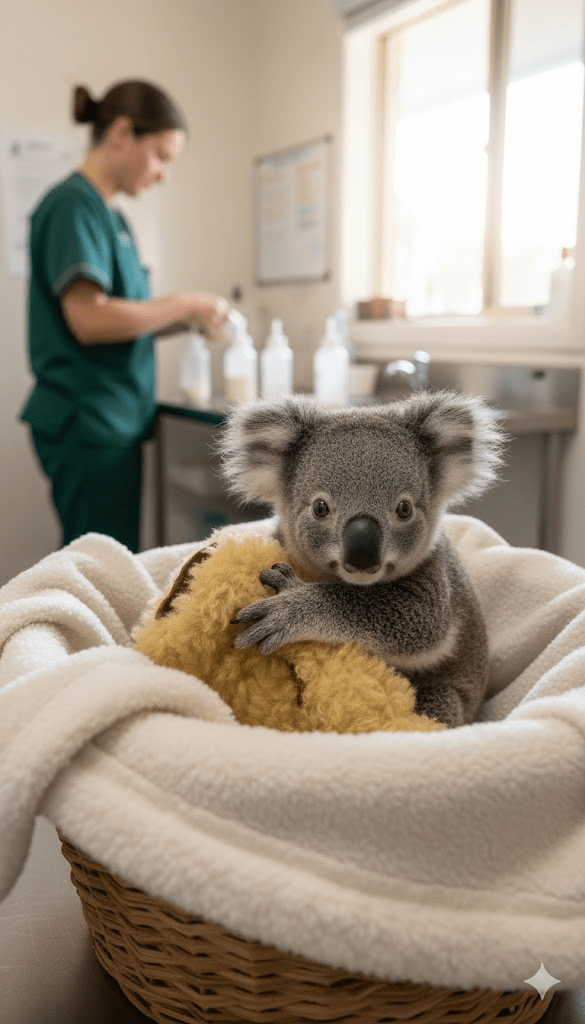
Amidst these grim realities, the dedicated work of koala rescuers and carers offers a vital lifeline. These individuals and organizations often operate on limited resources, fueled by an unwavering passion for wildlife. When a koala joey is orphaned, whether due to its mother’s death from disease, accident, or fire, the urgency to intervene is paramount. Joeys are incredibly dependent on their mothers for warmth, protection, and nourishment for their first six to twelve months of life, relying exclusively on milk and then a specialized fecal matter known as “pap” to transition to eucalyptus leaves. Without this maternal care, their chances of survival in the wild are virtually nonexistent.

Upon arrival at a rescue center, orphaned joeys undergo a thorough veterinary examination to assess their health, hydration, and any injuries. This initial assessment is crucial for developing a tailored care plan. The immediate priority is often rehydration and providing specialized milk formula that mimics the mother’s milk. The feeding schedule can be demanding, requiring feeds every few hours, even through the night, mirroring the continuous nourishment a joey would receive from its mother. This intensive care period is critical for the joey’s initial survival and stabilization, as their tiny bodies are fragile and highly susceptible to illness.
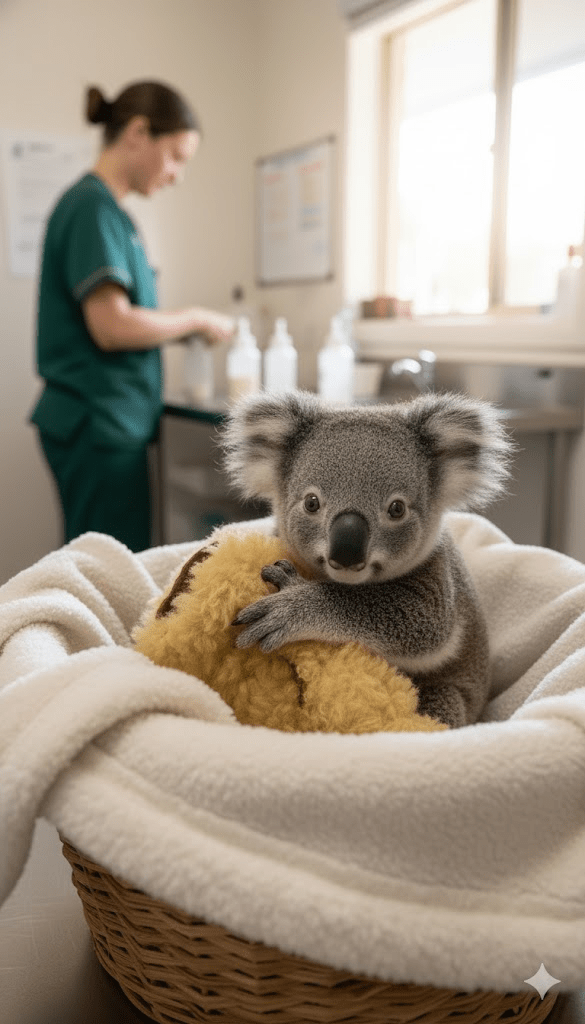
Perhaps one of the most heartwarming and effective interventions for orphaned koala joeys is the provision of surrogate mothers in the form of plush toys. As seen in the opening image, these soft toys provide essential psychological comfort, mimicking the physical presence and warmth of a mother. Joeys instinctively cling to their mothers, and without this tactile sensation, they can become stressed and fail to thrive. The plush toy helps to alleviate anxiety, providing a sense of security that is vital for their emotional well-being and overall development during a highly vulnerable period.
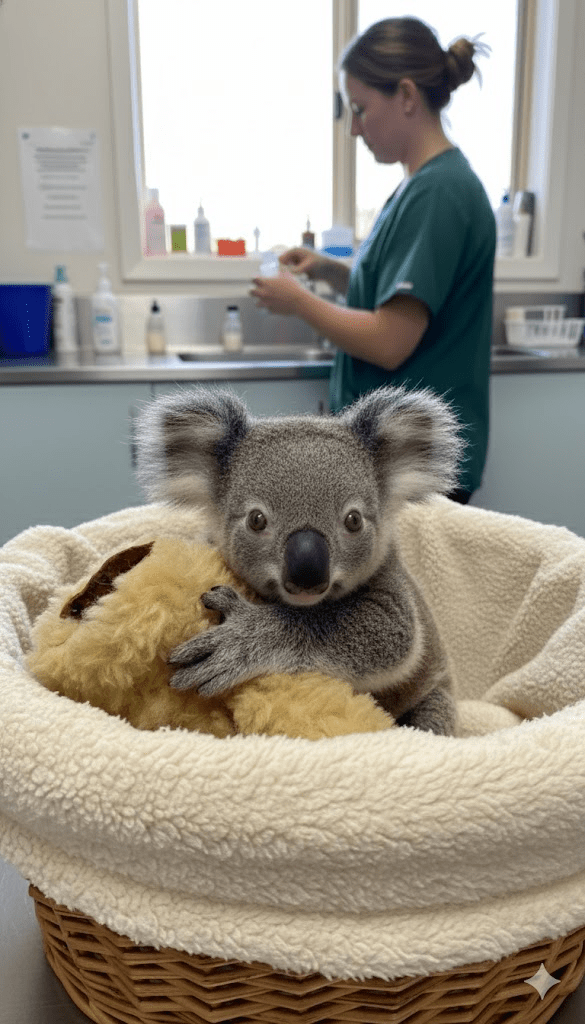
While physical care is paramount, the emotional and developmental needs of a joey are equally important. Carers often spend hours holding and cuddling the joeys, providing the human contact that helps them feel safe and loved. This close interaction also allows carers to monitor the joey’s progress closely, noticing any subtle changes in behavior or health that might indicate a problem. As the joey grows, the plush toy remains a constant, familiar companion, evolving from a direct surrogate to a comforting object that eases their transition towards independence.
